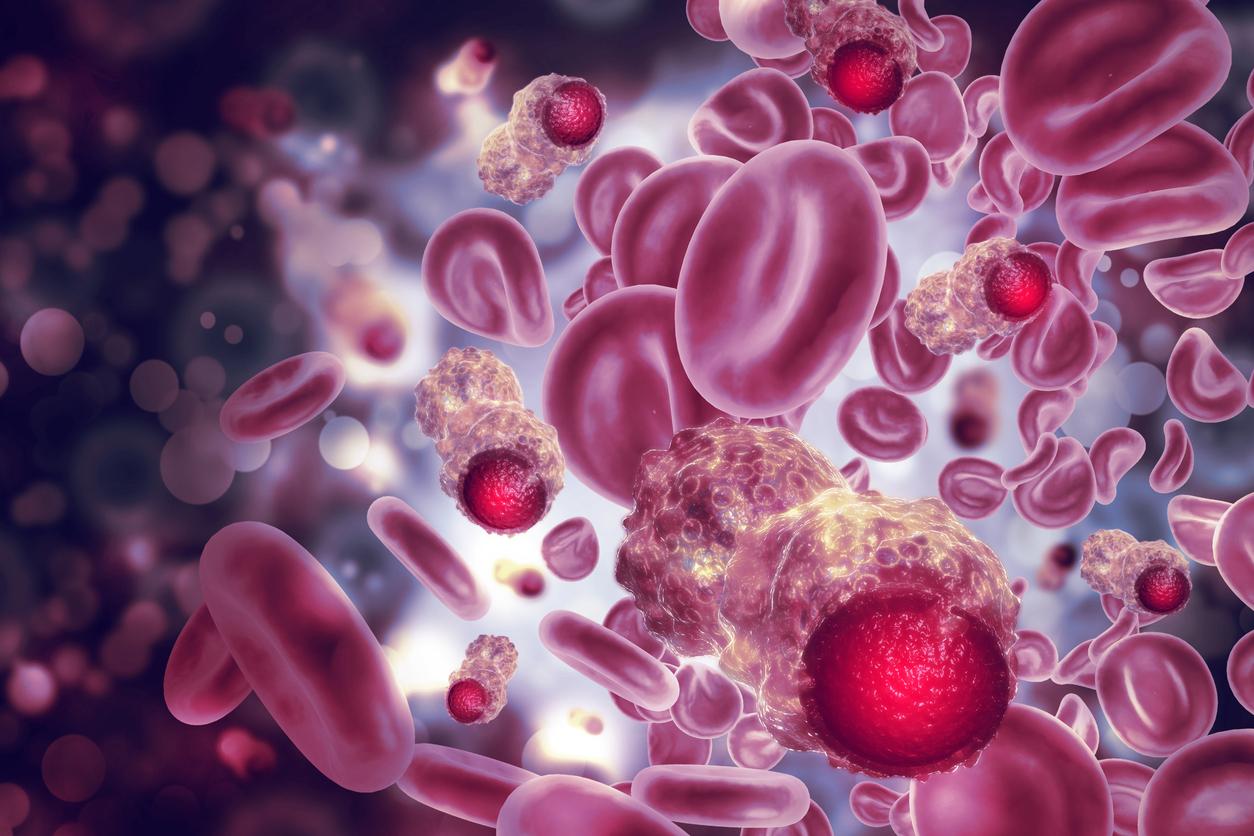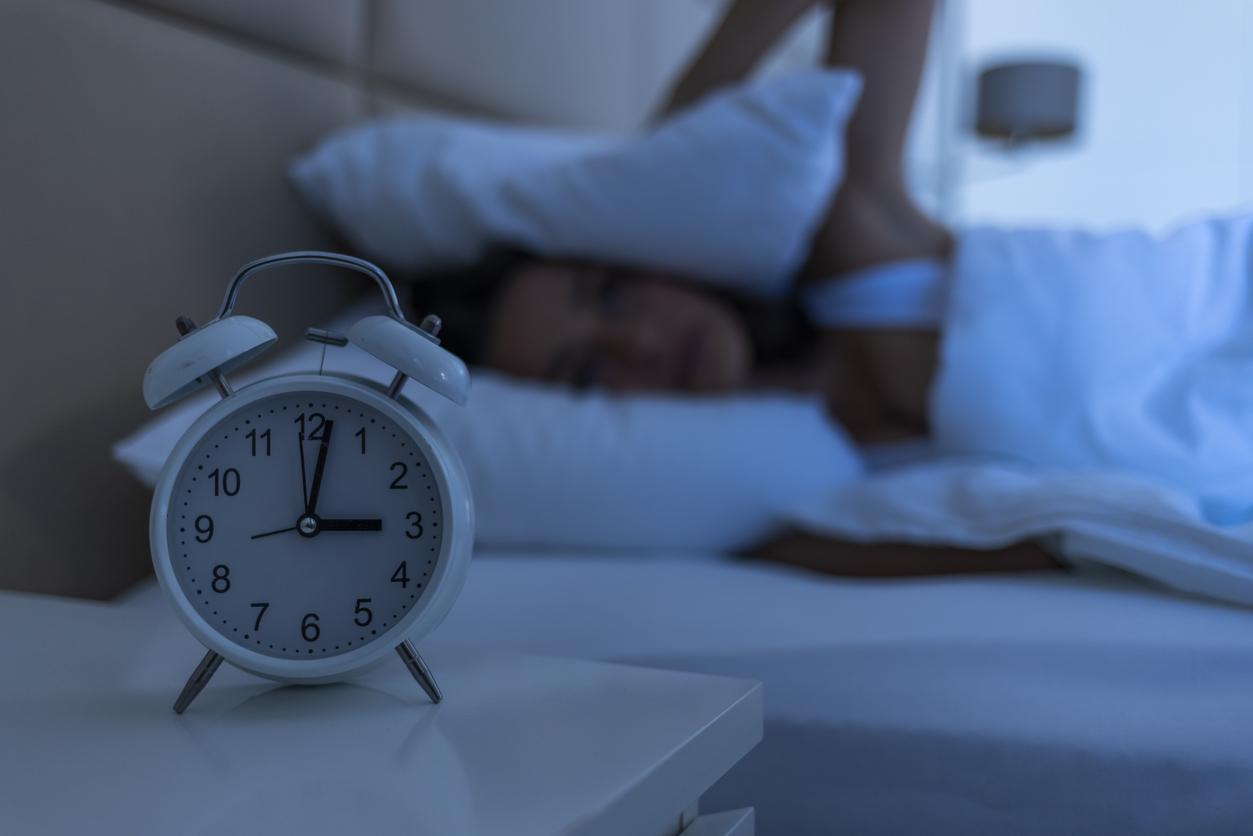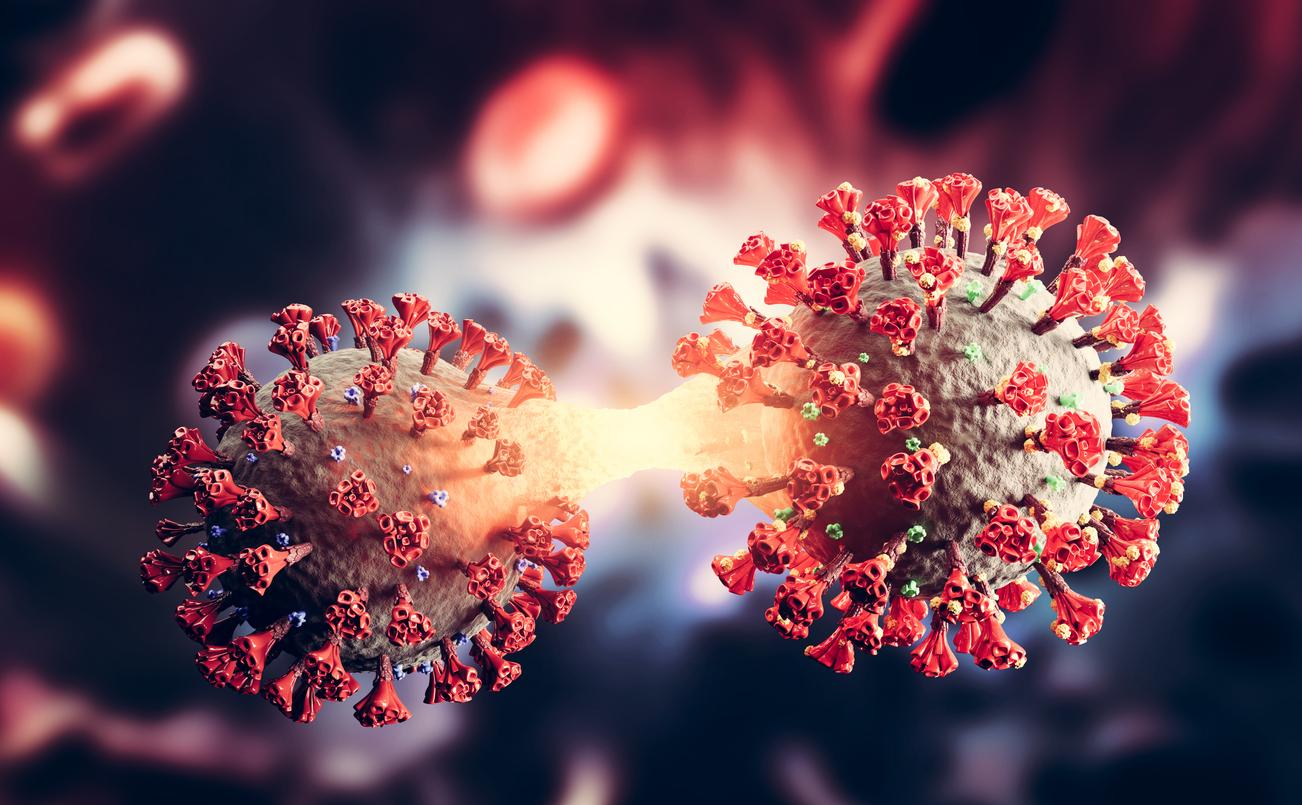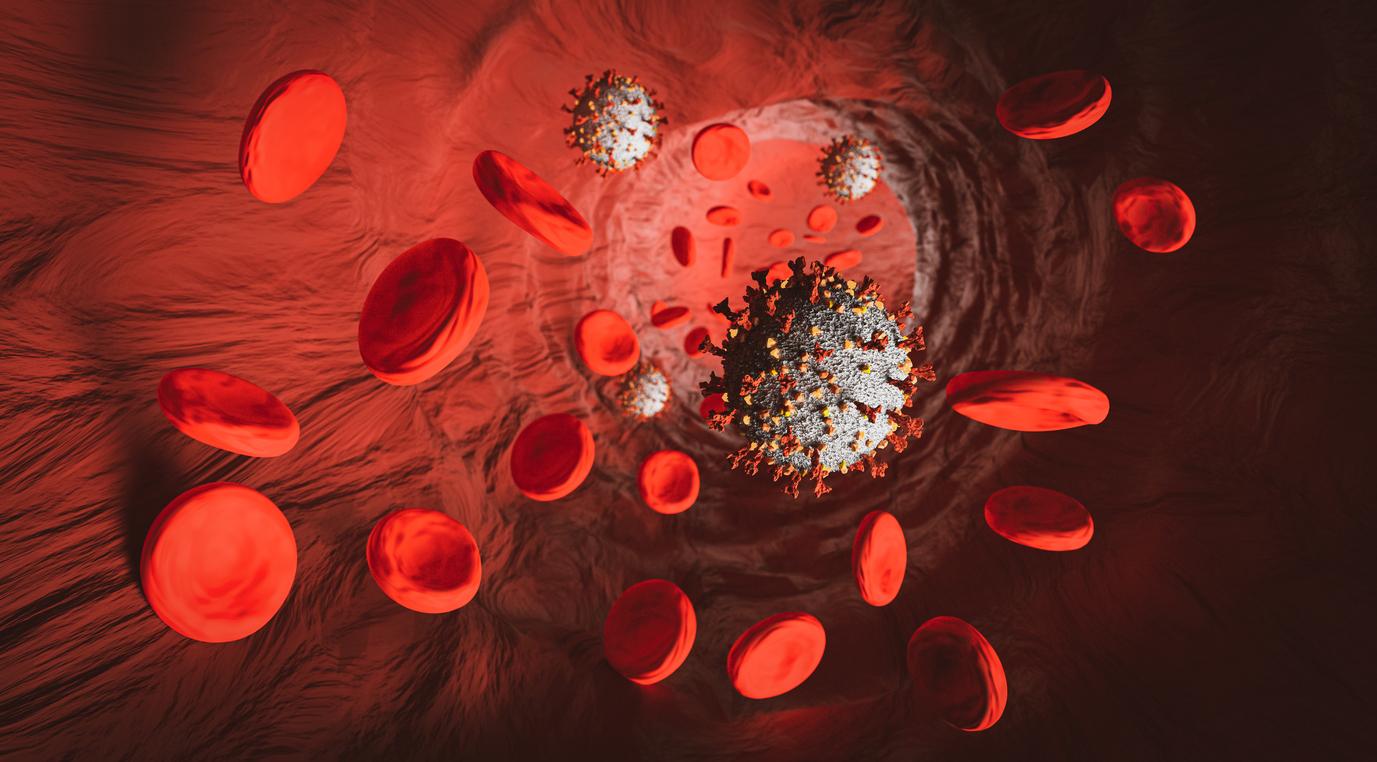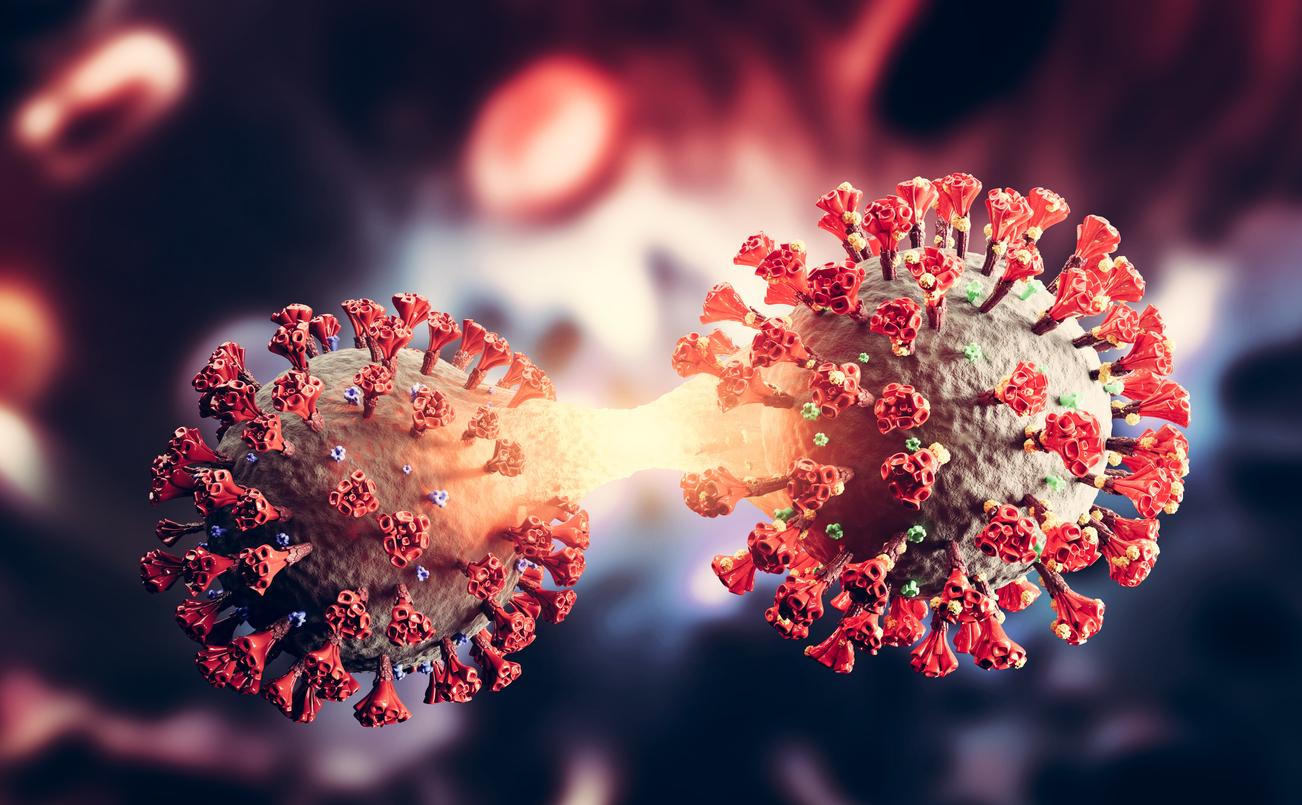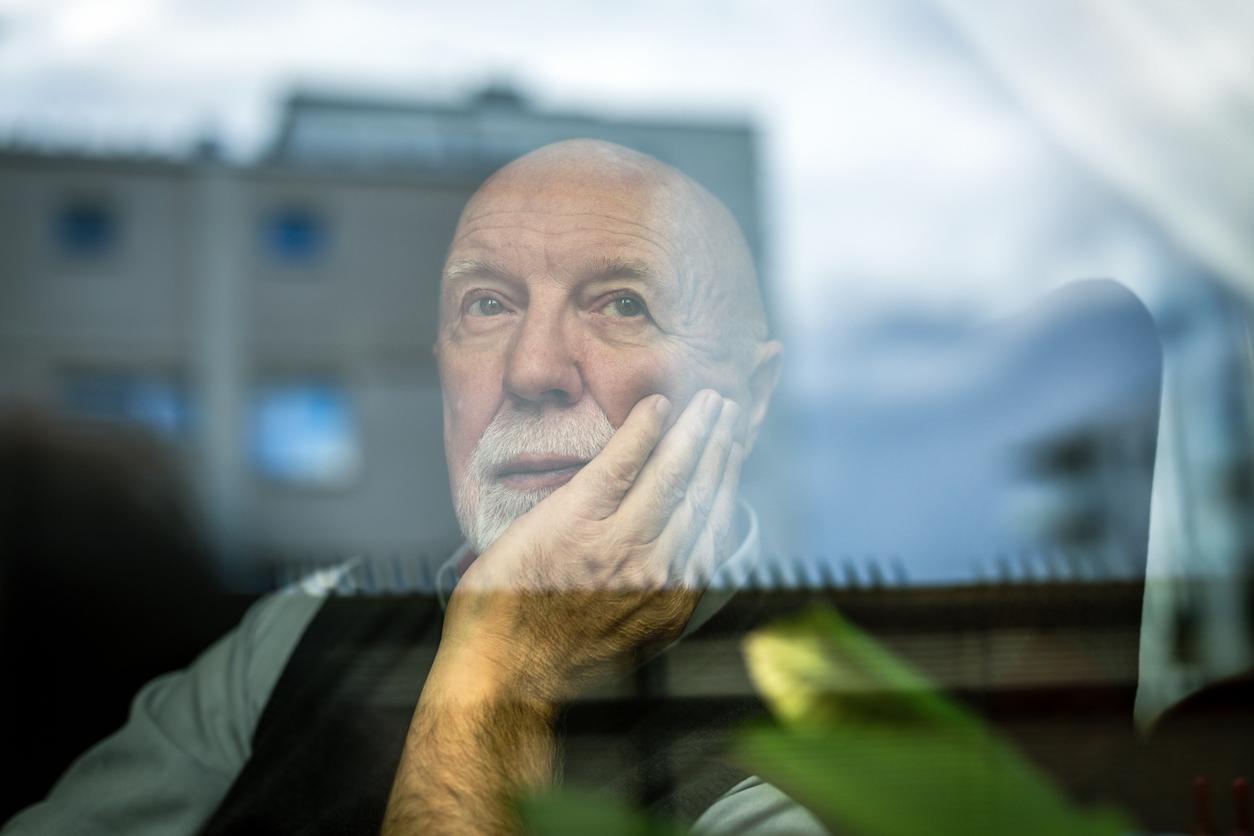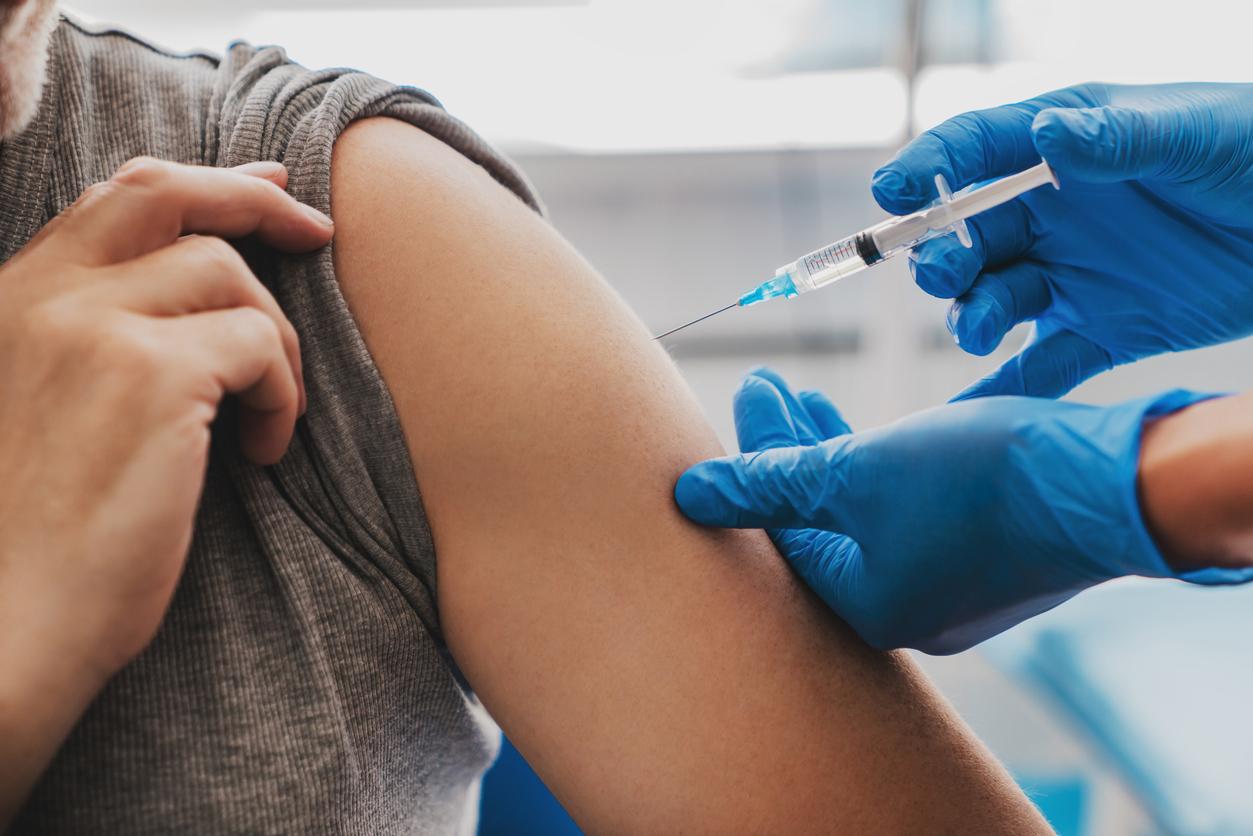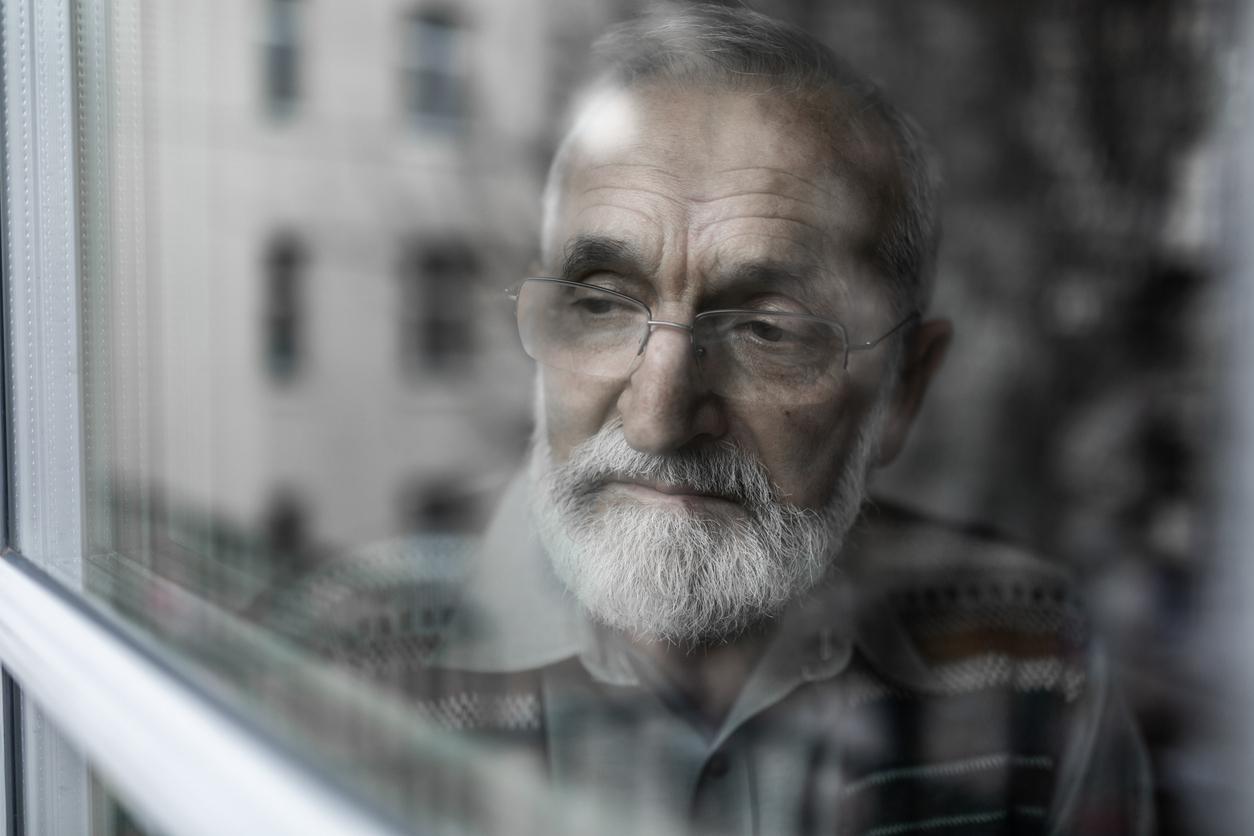By following 38 patients infected with Covid-19, Brazilian researchers found that it took about a month for their screening test to become negative. That is a period more than twice as long as the isolation recommended in France for positive people. In three patients, the virus even remained detectable for more than 70 days.
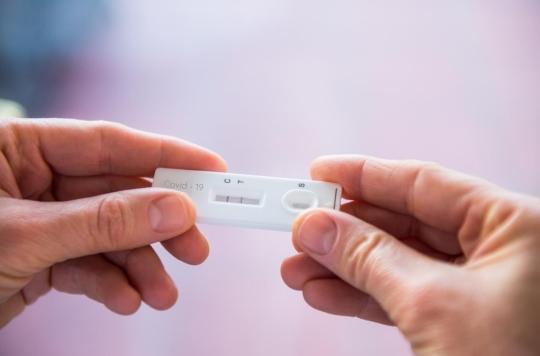
- Although the isolation period in the event of a positive Covid-19 test is in France between 5 and 10 days, this new study reveals that viral activity in the body can last up to 33 days. This means that you can still transmit the virus even if you no longer have symptoms.
- Of the 38 patients followed, one tested positive for 232 days, between April and November 2020. The study shows how the virus managed to evade neutralizing antibodies.
Are the isolation periods in the event of Covid-19 infection too short?
In France, quarantine times have changed over health protocols in the event of a positive test for SARS-CoV-2. From two weeks at the very beginning of the health crisis, they were gradually reduced.
Today, a person with a complete vaccination schedule must isolate themselves between 5 and 7 days in the event of a positive test and a non-vaccinated person between 7 and 10 days.
However, according to a new study conducted by the University of Sao Paulo (USP) and the Oswaldo Cruz Foundation (Fiocruz) in Brazil, these periods of isolation are much shorter than the time during which the virus is still detectable in our body. . It has just been published in the journal Frontiers in Medicine.
Viral activity that lasts an average of 33 days
Between April and November 2020, researchers followed 38 cases of Covid-19. Of these 38 cases, “two men and a woman were atypical in the sense that the virus was detected continuously in their bodies for more than 70 days, explains Marielton dos Passos Cunha, first author of the study. Based on this result, we can say that approximately 8% of people infected with SARS-CoV-2 may be able to transmit the virus for more than two months, without necessarily showing symptoms during the final phase of infection. the infection.”
The researchers’ objective was to determine whether a period of 14 days of isolation is really sufficient for the virus to no longer be detectable. However, it is not the case. “It sometimes takes a month for a patient to test negative, and in some cases included in our study, patients remained positive for 71 to 232 days”underlines Paola Minoprio, one of the coordinators of the platform and principal researcher of the study.
In the majority of cases, the patients followed presented a duration of viral activity comprised on average between 22 and 33 days. In the case of the three patients with atypical viral activity, the virus remained detectable for 71 days in the women and 81 days in one of the two men. None of them had comorbidities and all had mild symptoms of Covid-19.
One patient tested positive for 232 days
However, the second man continued to test positive for coronavirus for 232 days, between April and November 2020. He was HIV-positive and was taking antiretroviral therapy and therefore had no detectable viral load. Professor Minoprio stresses, however, that the fact that he is HIV-positive “doesn’t mean he’s more susceptible to other infections because he’s been on therapy since his diagnosis”. The patient was not immunocompromised and therefore “its ability to respond to infection by another agent is comparable to that of any other individual”.
The weekly tests carried out on the patient made it possible to see that it was not a question of a reinfection and that the virus continued not only to replicate but also to mutate. The virus was able to evade the immune system by bypassing the body’s defenses, namely neutralizing antibodies. This means that the viral load decreased when the antibodies were numerous, then it started to increase again.
“Observing patients like this is important because we can learn more about how the virus mutates and what mutations can give rise to worrying variants.”says Professor Cunha.
These data are in any case “further proof that wearing a mask and social distancing are the best ways to control the pandemic”.
.









